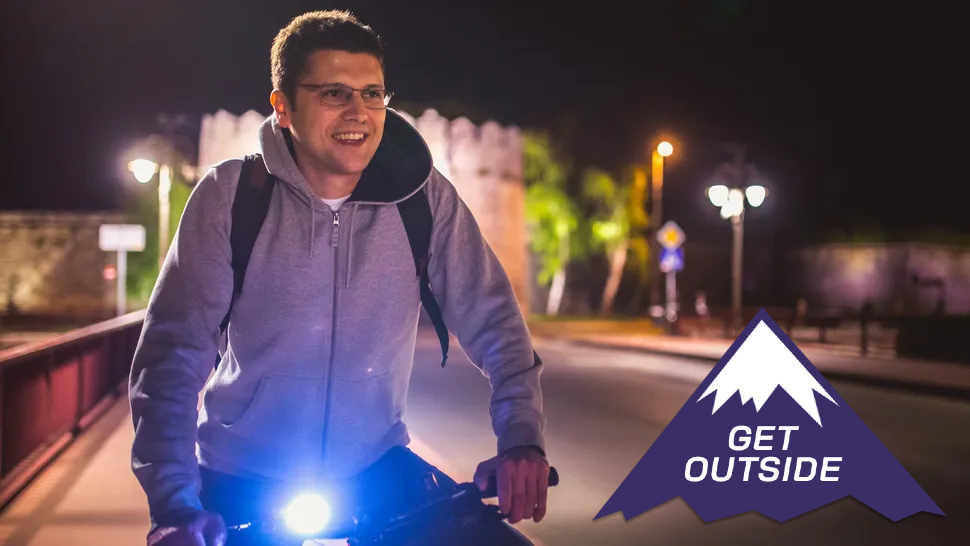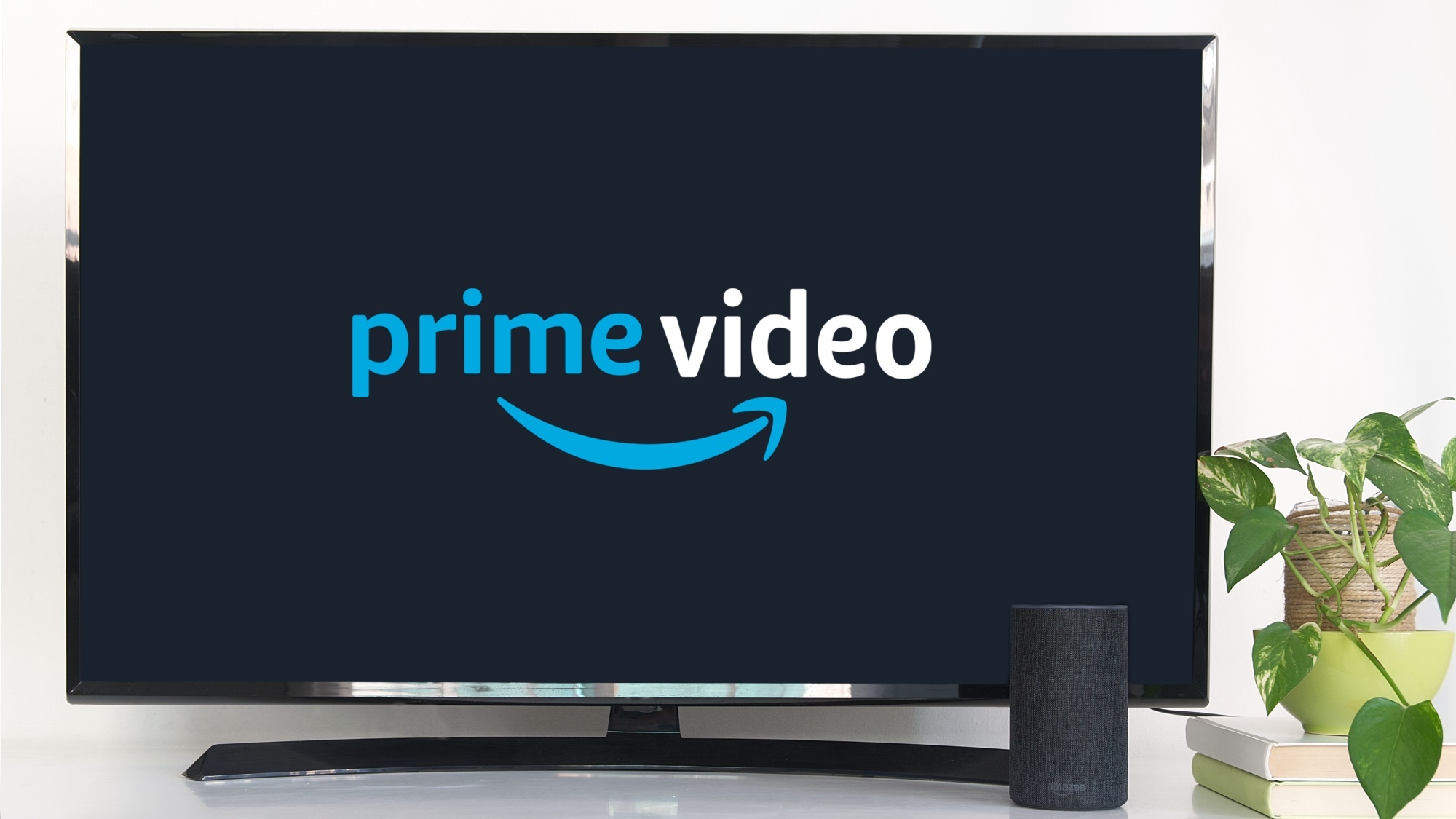6 things to consider when buying bike lights
See and be seen with the perfect set of bike lights

Cycling at night can be slightly daunting, but getting a set of the best bike lights will go a long way to making you feel more confident on two wheels in the dark.
Bike lights serve two main purposes — to help you see and to help you be seen. In urban environments, they’re mostly there to make you more visible, while those cycling in areas without street lamps will need a light to illuminate the path ahead.
To help you pick out the right lights for you, I spoke to Juan Garcia Mansilla, co-founder of UNIT 1, a company that makes smart bike lights and other cycling accessories. Here are the key things to consider.
1. Cost
Start by considering your budget, because that may immediately rule some lights out entirely. Remember you need both a front and a back light, and you can buy them both in a set or separately.
“Prices vary a lot, depending on what you’re getting,” says Mansilla. “Basic lights start under $20, while premium systems with advanced visibility and smart features can go over $150.”
2. To see or be seen?
Are you looking for lights that are bright enough to show the path in front of you, or lights that make you more visible to others? In the city, it’s all about visibility to keep you safe, whereas in areas without other lights, you’ll need bright front lights in particular.
“There are lights to illuminate the path in front of you,” says Mansilla. “These have a focused beam and tend to be quite bright. Then there are lights to make the wearer visible to others, these are omnidirectional — so not focused on a single direction but emitting light in all directions — and overall less powerful.”
Get instant access to breaking news, the hottest reviews, great deals and helpful tips.
3. Brightness
Light is measured in lumens, and you want your lights to be bright enough to serve their purpose. Omnidirectional lights make you more visible, and don’t have to be as bright, but you want them to have a high visibility angle so people can see you from the sides as well as from behind.
“UNIT 1 lights fall into this category,” says Mansilla. “Our lights offer 50 lumens (red) and 100 lumens (white), optimized for wearer-visibility.”
If you need a light to illuminate the path ahead, you probably want it to offer at least 1000 lumens if there are no other light sources; some lights offer more than double that. Front lights used in urban environments, when you’re not relying completely on them to see, can be less bright, around 500-800 lumens.
4. Battery life
Most bike lights are rechargeable, and the amount of battery life they offer will vary considerably depending on how bright the light is and the variety of modes available. Make sure your light will last long enough for your regular journeys.
You can boost battery life by using less bright or flashing modes on the lights, but at their brightest, front lights will often only last 1-2 hours, whereas back lights usually last longer, around three to five hours, at least.
5. Mounting
Bike lights must be attached to your bike in some way, and this can be the most painful part of interacting with them. Budget lights might require a tool to get them in place, while more expensive options usually have a tool-free system, using magnets or an adjustable mount.
Smart features
If you spend more on your lights, you can get some useful extra features, like a built-in camera and turn signals.
“Our UNIT 1 Smart Lights include turn signals, brake lights and app-based customization,” says Mansilla.
You can also get lights with a radar in them that make you aware of cars coming up behind you, as an extra safety benefit.
More from Tom's Guide:

Nick Harris-Fry is an experienced health and fitness journalist, writing professionally since 2012. He spent nine years working on the Coach magazine and website before moving to the fitness team at Tom’s Guide in 2024. Nick is a keen runner and also the founder of YouTube channel The Run Testers, which specialises in reviewing running shoes, watches, headphones and other gear.
Nick ran his first marathon in 2016 after six weeks of training for a magazine feature and subsequently became obsessed with the sport. He now has PBs of 2hr 27min for the marathon and 15min 30sec for 5K, and has run 13 marathons in total, as well as a 50-mile ultramarathon. Nick is also a qualified Run Leader in the UK.
Nick is an established expert in the health and fitness area and along with writing for many publications, including Live Science, Expert Reviews, Wareable, Coach and Get Sweat Go, he has been quoted on The Guardian and The Independent.
You must confirm your public display name before commenting
Please logout and then login again, you will then be prompted to enter your display name.
